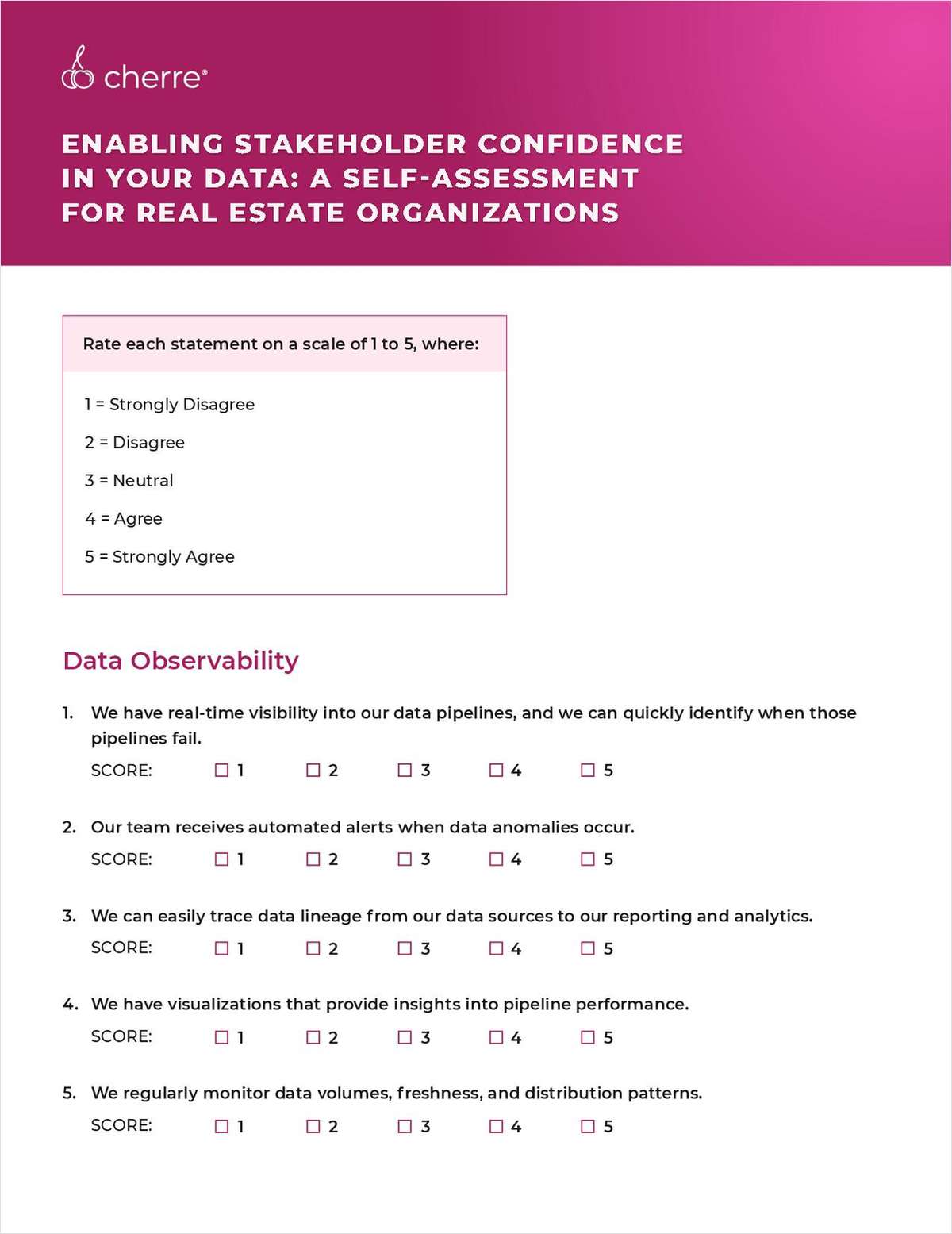CHICAGO—Tech remains the US office sector's dominant industry, capturing 24.2% of leasing volume during the first quarter, according to Chicago-based JLL. In comparison, finance and insurance represented 14.2% of the first quarter's leasing volume.
The tech industry has held the top spot for several years now. In 2016, for example, JLL found that in the previous two years, 63% of the tech leases involved expansions, compared to about 48% of leases overall, affirming the importance of tech to the market's continued expansion.
The US office market just recorded its 28th consecutive quarter of positive net absorption, JLL researchers found. Tenants absorbed another 3.6 million square feet of space. But despite the continued expansion, the pace of occupancy gains has slowed over the past six months due to shortages of skilled labor in many cities.
Construction activity may also be topping out. Developers have responded to the intense seen over the past several years with a lot of new groundbreakings. But these projects were cut in half during the first quarter. And with developers set to deliver more than 90 million square feet through the end of 2018, JLL suggests that “supply will outpace demand and lead to a modest uptick in vacancy rates.”
In fact, in the first quarter, the overall vacancy rate inched higher, up to 14.7%, breaking a multi-year trend of market tightening.
The development boom, along with the widespread upgrades to existing buildings, have allowed landlords to push average asking rents higher. Class A rents climbed 3.5% year-over-year, while class B rents increased by 2.6%.
Ever since the recession ended and the office sector recovered, it is the class A properties that have performed best and tenants' flight-to-quality has been evident in both urban and suburban markets. Since 2010, class A rents have increased by 21.5%, JLL found, nearly 2.7 times faster than those for class B assets.
CHICAGO—Tech remains the US office sector's dominant industry, capturing 24.2% of leasing volume during the first quarter, according to Chicago-based JLL. In comparison, finance and insurance represented 14.2% of the first quarter's leasing volume.
The tech industry has held the top spot for several years now. In 2016, for example, JLL found that in the previous two years, 63% of the tech leases involved expansions, compared to about 48% of leases overall, affirming the importance of tech to the market's continued expansion.
The US office market just recorded its 28th consecutive quarter of positive net absorption, JLL researchers found. Tenants absorbed another 3.6 million square feet of space. But despite the continued expansion, the pace of occupancy gains has slowed over the past six months due to shortages of skilled labor in many cities.
Construction activity may also be topping out. Developers have responded to the intense seen over the past several years with a lot of new groundbreakings. But these projects were cut in half during the first quarter. And with developers set to deliver more than 90 million square feet through the end of 2018, JLL suggests that “supply will outpace demand and lead to a modest uptick in vacancy rates.”
In fact, in the first quarter, the overall vacancy rate inched higher, up to 14.7%, breaking a multi-year trend of market tightening.
The development boom, along with the widespread upgrades to existing buildings, have allowed landlords to push average asking rents higher. Class A rents climbed 3.5% year-over-year, while class B rents increased by 2.6%.
Ever since the recession ended and the office sector recovered, it is the class A properties that have performed best and tenants' flight-to-quality has been evident in both urban and suburban markets. Since 2010, class A rents have increased by 21.5%, JLL found, nearly 2.7 times faster than those for class B assets.
Want to continue reading?
Become a Free ALM Digital Reader.
Once you are an ALM Digital Member, you’ll receive:
- Breaking commercial real estate news and analysis, on-site and via our newsletters and custom alerts
- Educational webcasts, white papers, and ebooks from industry thought leaders
- Critical coverage of the property casualty insurance and financial advisory markets on our other ALM sites, PropertyCasualty360 and ThinkAdvisor
Already have an account? Sign In Now
*May exclude premium content© 2024 ALM Global, LLC, All Rights Reserved. Request academic re-use from www.copyright.com. All other uses, submit a request to [email protected]. For more information visit Asset & Logo Licensing.









